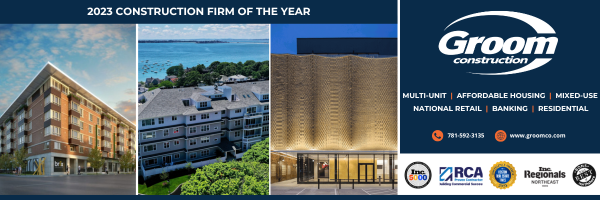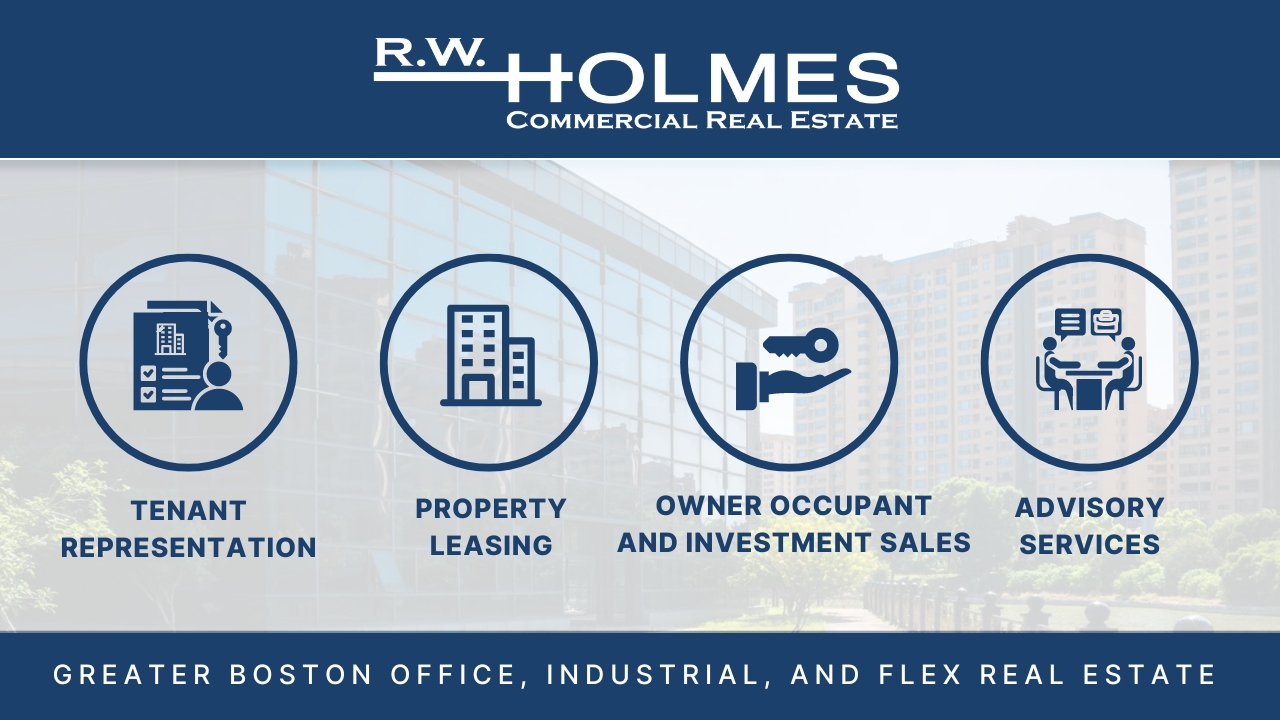If you’ve been to a mall lately, chance are you’ve seen empty storefronts and “For Lease” signs scattered throughout, as big department stores such as JCPenney and Macy’s—stores that typically anchor such malls—succumb to the effects of a “retail meltdown.” For evidence, look no further than the nine retail bankruptcies already in 2017, The Atlantic reports.

This “retail meltdown,” a term used by Bruce Clark, associate professor in the D’Amore-McKim School of Business who studies marketing strategy and managerial decision-making, is evaporating retail jobs and stores across the country. But it’s not affecting all stores—or even all malls—equally, Clark says. Nor is it solely a product of a growing e-commerce sector.
What’s driving the closure of big department stores like JCPenney and Macy’s—stores that typically “anchor” large malls?
JCPenney, Sears, and Macy’s are at the epicenter of the retail meltdown: the mid-market. Middle-price and middle-performance just don’t seem to attract customers in the way they have in the past. Clearly e-commerce has a role here—Amazon’s revenues have grown more than 150 percent in the past five years and it is now twice the size of these three retailers combined—but it is not the whole story. If this were simply about e-commerce, all physical retailers should be suffering equally. In reality, while not without difficulties, stores at the higher (e.g., Nordstrom) and lower (e.g., Walmart) ends of the market are doing better than stores in the middle.
This hollowing out has been attributed to all sorts of causes. Maybe the Walmarts and Nordstroms of the world simply do a better job at providing distinctive value to consumers than do Sears and Macy’s. Maybe a diminishing American middle class naturally leads to a diminishing middle market for stores. Maybe Sears and JCPenney in particular have been horribly managed for the past decade. Maybe the older locations of mid-market department stores are located in communities that are struggling economically. Maybe they are in the wrong malls.
Do you think we’ll see a day when malls as we know them now—large indoor spaces filled with a variety of stores—will cease to exist? Why or why not?
No. There is evidence that malls are dividing into winners and losers. Fung Global Retail and Technology estimated earlier this year that 20 percent of malls generate approximately 75 percent of mall revenues. Those malls find it easier to access financing and improve their properties. Meanwhile Green Street Advisors identified 300 “C” level malls it sees as in danger of closing over the next few years. Weak malls (and weak stores) will close, but others will remain. That is the competitive process, for better or worse. Remember, Amazon hasn’t driven all the independent bookstores out of business either.
What can malls do to stay relevant?
The single most important question any retailer or mall owner should ask is “why does someone get in their car and drive to my location?” When Amazon provides more than 200 million items within the sound of your voice (“Alexa, buy a box of cat litter”), stores need to provide a customer experience that is worth the drive. That could be providing a uniquely “curated” product assortment (e.g., independent specialty bookstores), or a unique shopping experience (Amazon is not driving Apple stores out of business), or capitalizing on geography (local promotions; some small stores had success with Pokemon Go promotions last summer). Inviting mall spaces can still provide a center of gravity for communities both formally (local events such as concerts or farmers’ markets) and informally (where people go to be with other people). Highlighting the social aspects of shopping (“Come to the mall with your friends!”) can also help. Malls may at the same time need to craft an online experience to complement the on-ground one. At a minimum, consider making it easy for people to access Wi-Fi while in the mall.
How can the cities and towns that rely upon the taxes from large malls or department stores bounce back if they close?
This is the toughest part of the retail challenge. Retailers are dependent on the communities around them for traffic, and if those areas are suffering the retailers will suffer. To the extent the communities rely on retail sales and property taxes, this can lead to a vicious circle: as the communities suffer, people buy less, but as people buy less, the communities suffer.
The best case for a closed mall is to find someone to reopen the mall. That restores tax and retail revenues to the community. However, the mall closed for a reason and it may be tough to attract a new tenant. This will also be complicated by whatever real estate agreements and contracts govern the property. Second best is to find other tax- and employment-generating uses for what is probably still a large space located near major roads with decent parking. One closed mall in my area is being converted to office space. Residential and nonprofit uses will put the space to use, but may not generate much revenue or employment. Finally, the mall could be torn down and used for green space.
At the same time that we’re seeing lots of historically brick-and-mortar stores move online, we’re also seeing historically online retailers (like Amazon or Warby Parker) move to brick-and-mortar stores. Why is that?
There are still some product categories where people value the physical shopping experience. Amazon’s purchase of Whole Foods was a tacit admission that the online giant needs stores to be successful in the grocery category. Apparel and accessories that a consumer wants to try on will also encourage at least a token on-ground presence. Even with easy return policies, there are some things people simply want to touch and feel. And there are also some segments of consumers who like the physical experience of shopping. Amazon will never reach them without a store.
That said, these online retailers so far are not generally coming to market with large locations. Rather, they come with showrooms highlighting a subset of online inventory and the ability to order other items from within the store. And this may actually be a mall/retail opportunity: those new stores have to go somewhere. One of the malls in my area had a Lands’ End pop-up store during the holiday shopping season in an otherwise empty space.
(Published with permission from News at Northeastern.)



















